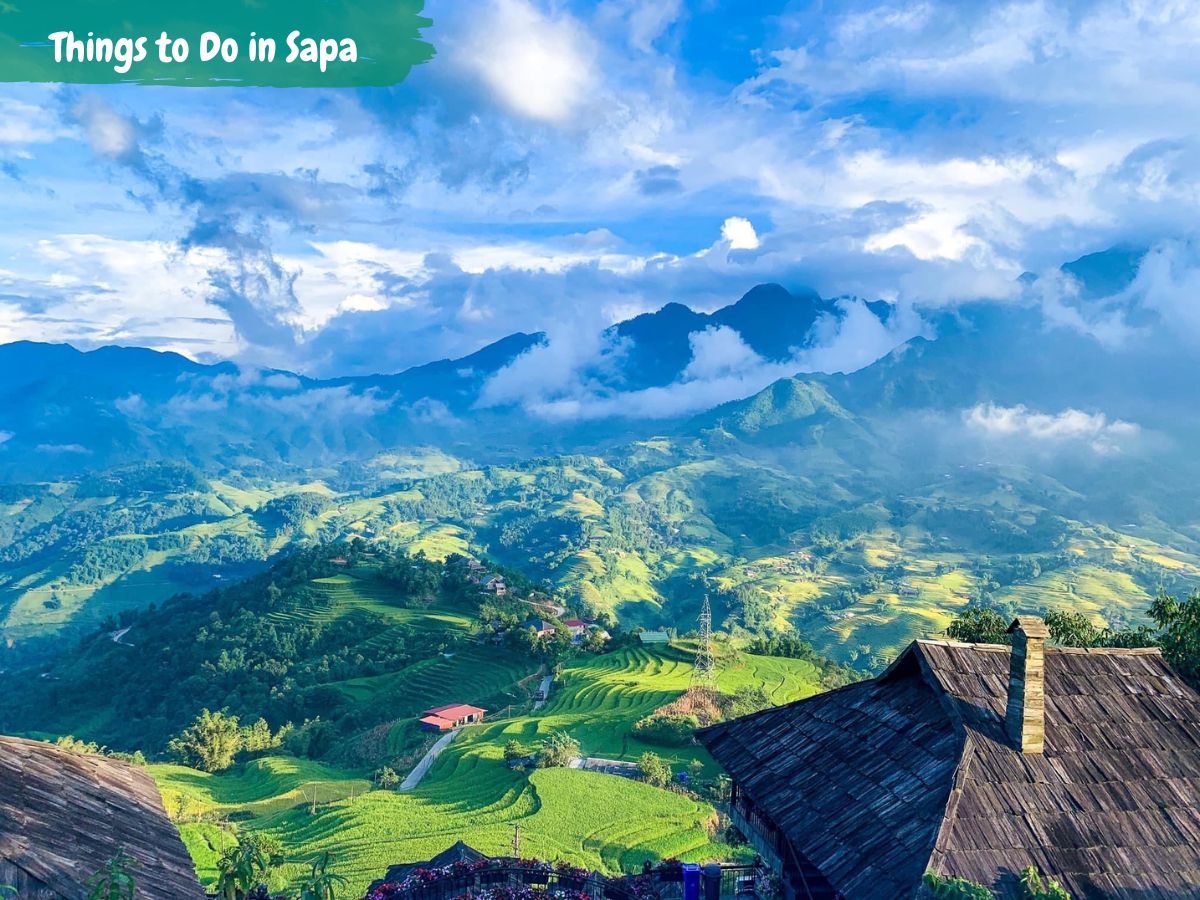Sapa, Travel Guide
Top 8 Things to Do in Sapa for Unforgettable Experiences
When planning a trip to northern Vietnam, exploring the top things to do in Sapa should be at the top of your list. Sapa is renowned for its stunning landscapes, rich cultural heritage, and vibrant local communities. From trekking through terraced rice fields to experiencing the unique culture of ethnic minority groups, Sapa offers a variety of unforgettable experiences. This guide highlights the top 8 things to do to ensure you make the most of your visit.
Key Takeaways
- Sapa is a picturesque town in northern Vietnam known for its stunning landscapes and rich cultural diversity.
- Hiking in Sapa offers breathtaking views of terraced rice fields, lush valleys, and towering mountains, making it a paradise for nature lovers and adventure seekers.
- Experiencing homestays in Sapa provides a unique opportunity to immerse oneself in the local culture, enjoy traditional meals, and learn about the daily life of the ethnic minority communities.
- Meeting the hill tribes of Sapa, such as the Hmong, Red Dao, and Tay, offers a chance to interact with friendly locals, observe their traditional crafts, and gain insight into their customs and way of life.
- The culture and traditions of Sapa’s hill tribes are characterized by vibrant clothing, intricate handicrafts, lively festivals, and a deep connection to the natural environment.
Hiking and Trekking in Sapa – Best Things to Do in Sapa
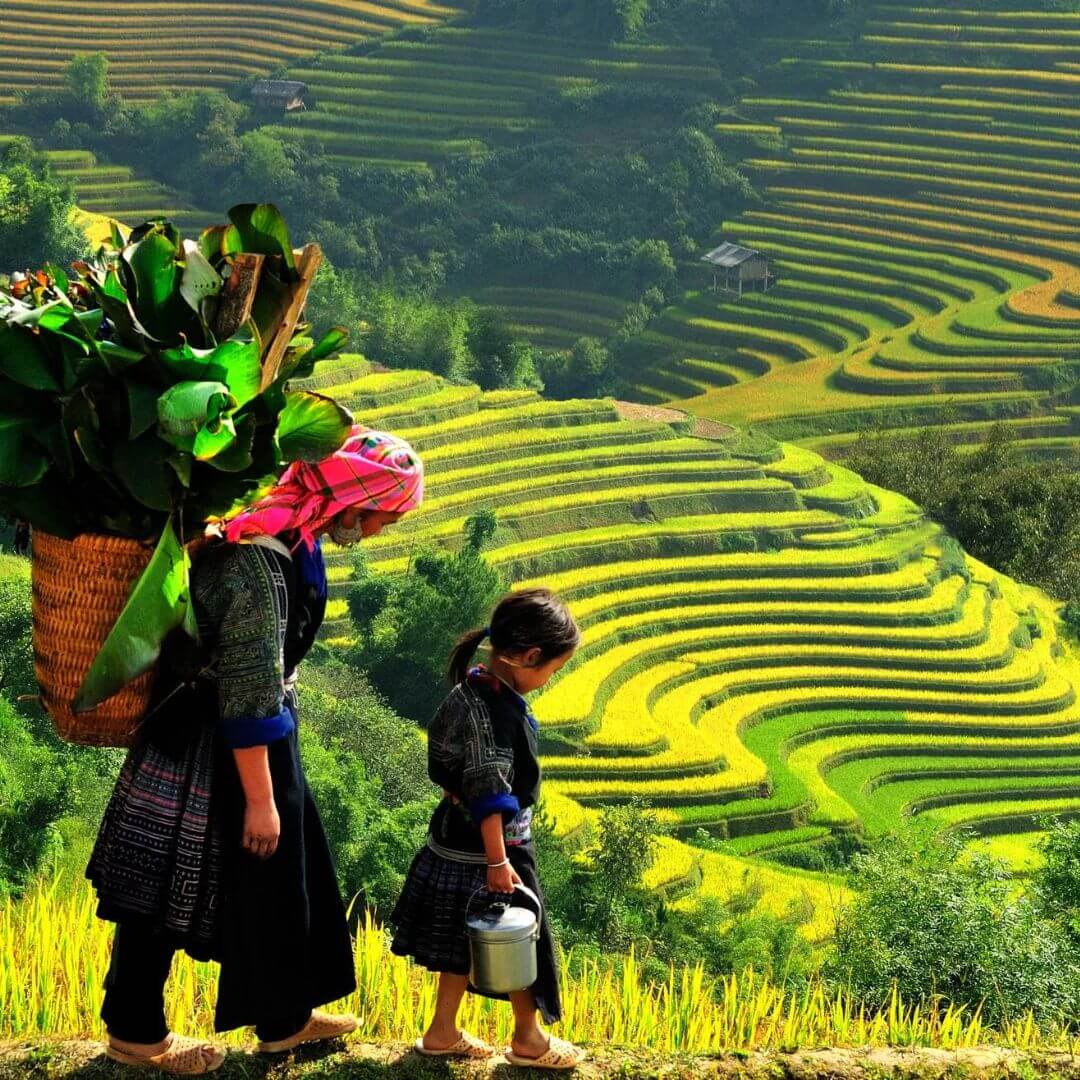
One of the most popular things to do in Sapa is hiking, and for good reason. The region is home to some of the most spectacular trekking routes in Vietnam, offering breathtaking views of the surrounding mountains and valleys. Whether you’re a seasoned hiker or a beginner, there are trails to suit every level of experience. The most famous trekking route in Sapa is the trek to Fansipan, the highest peak in Indochina. This challenging trek takes you through dense forests, past cascading waterfalls, and up steep mountain paths, rewarding you with panoramic views of the entire region from the summit.
For those looking for a less strenuous hike, there are plenty of shorter trails that take you through terraced rice fields, bamboo forests, and traditional villages. These hikes offer a glimpse into the daily lives of the local hill tribes and provide opportunities to interact with the friendly locals. No matter which trail you choose, you’re sure to be captivated by the natural beauty of Sapa and the warm hospitality of its people.
Exploring the Rice Terraces
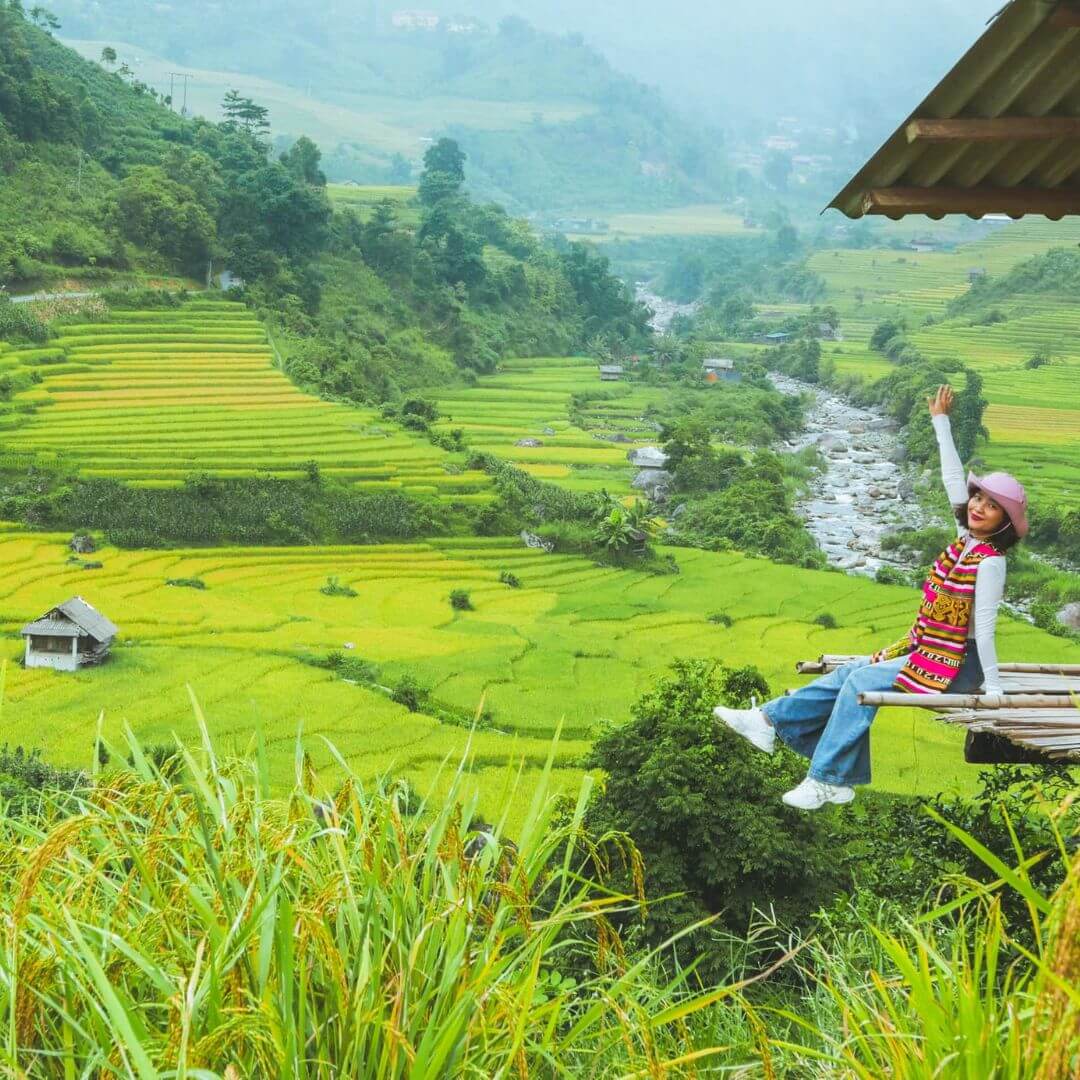
Muong Hoa Valley
The Muong Hoa Valley is one of the most famous and picturesque rice terrace areas in Sapa. The terraces cascade down the mountainsides, creating a stunning visual effect, especially during the planting and harvesting seasons when the fields are lush and green or a golden yellow.
Hiking through the Muong Hoa Valley offers the opportunity to wander through small rural villages, interact with local ethnic minority farmers, and enjoy panoramic views of the terraced landscape. Popular hiking routes include the Muong Hoa Valley Trek and the trek from Sapa town to the village of Lao Chai.
Lao Chai Village
The village of Lao Chai is home to a beautiful set of rice terraces that are a photographer’s dream. The terraces here cascade down the mountainsides, with a backdrop of the Hoang Lien Son mountain range. Visitors can hike through the terraced fields, explore the local markets, and visit traditional Hmong and Giay minority homes.
Enjoying the Views from Fansipan Peak
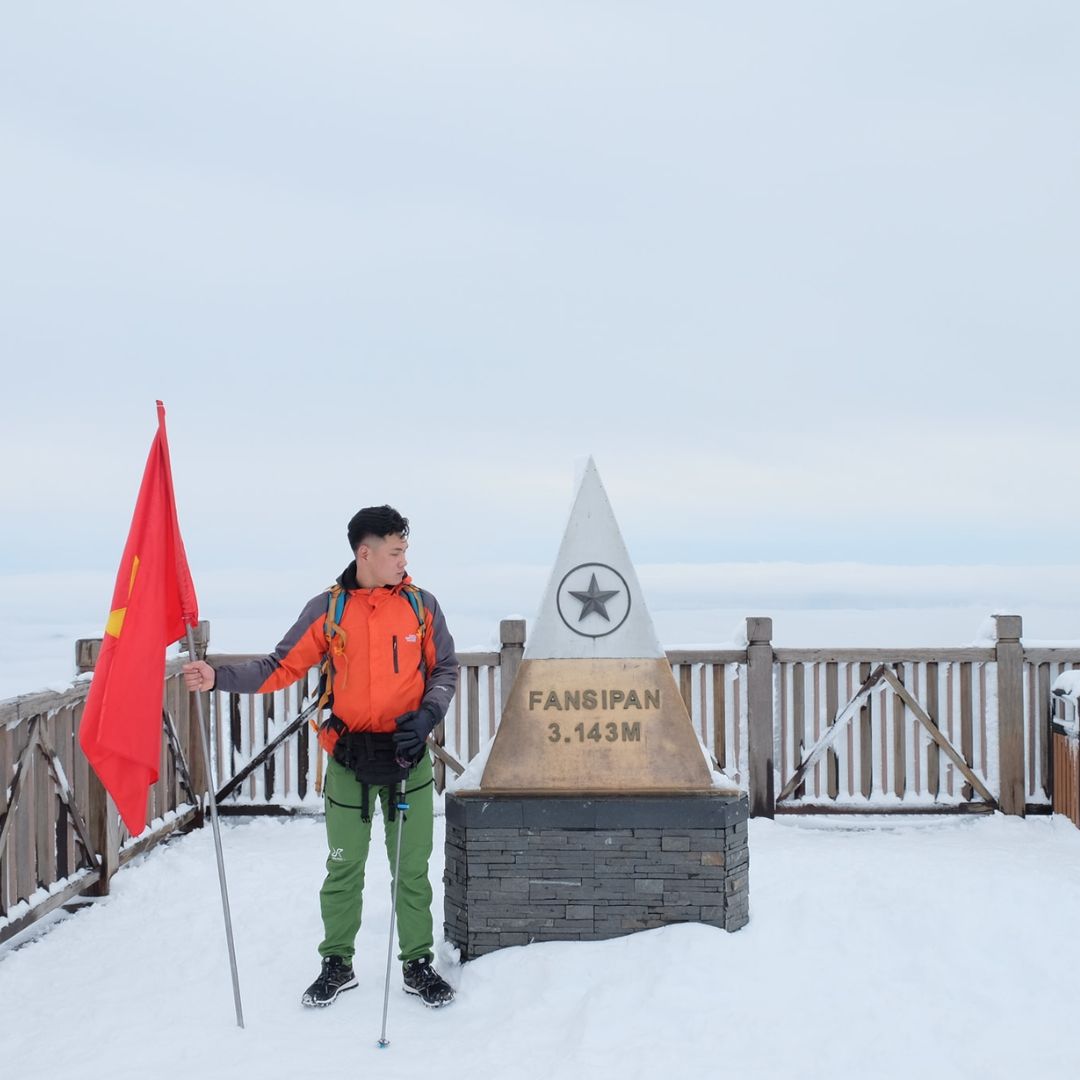
Fansipan Mountain, standing at 3,143 meters (10,312 feet) above sea level, is the highest peak in Vietnam and one of the major attractions in the Sapa region. Reaching the summit offers panoramic, breathtaking views over the Hoang Lien Son mountain range and the surrounding landscapes.
There are two main ways to reach the summit of Fansipan:
- Hiking: For the more adventurous, a strenuous two-day hike to the top is possible. This challenging trek takes hikers through diverse landscapes, including dense forests, alpine meadows, and rocky terrain.
- Cable Car: For those looking for a more leisurely experience, the Fansipan Cable Car whisks visitors from the basecamp to the summit in around 15 minutes. The cable car ride itself provides stunning views of the mountains.
At the top of Fansipan, visitors are rewarded with panoramic 360-degree vistas. On a clear day, you can see for miles, with the Hoang Lien Son mountain range stretching out in all directions. The summit area also features a temple complex, observation decks, and various amenities for visitors.
The best time to visit Fansipan Peak is generally during the dry season, from October to May. This period offers the clearest weather and views. However, the mountain can be visited year-round, with each season offering its own unique atmosphere and scenery.
Experiencing the Local Markets
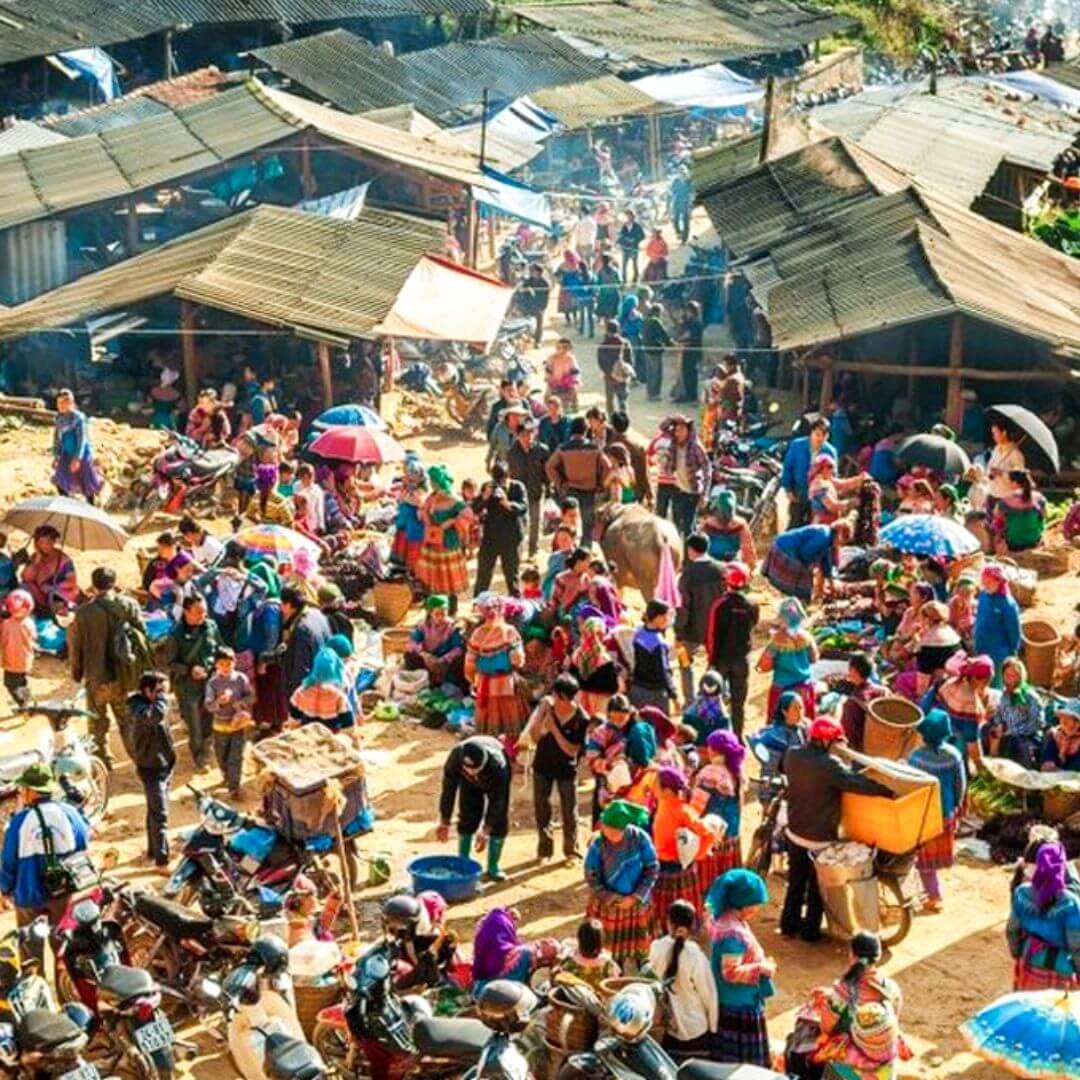
The local markets in Sapa are an essential part of the things to do in Sapa for visitors. These vibrant hubs offer a glimpse into the daily lives of the region’s diverse ethnic minority groups and provide opportunities to interact with the local community, browse unique handicrafts, and sample delicious regional cuisine.
Sapa Market
The Sapa Market is the largest and most well-known market in the region. Located in the center of Sapa town, this bustling marketplace is open daily and attracts both local residents and tourists. You’ll find an array of handicrafts, textiles, clothing, fresh produce, and traditional Hmong and Dao items for sale. The market is especially lively on Saturdays, when it transforms into a bustling trading hub.
Can Cau Market
The Can Cau Market is situated about 25 kilometers from Sapa town, near the Chinese border. This weekly market (open on Saturdays) is primarily frequented by the local Flower H’mong and Phu La ethnic minority groups, who come to buy, sell, and trade a variety of goods. In addition to handicrafts and textiles, you can find livestock, agricultural products, and traditional herbal medicines at this unique market.
Bac Ha Market
The Bac Ha Market, held on Sundays, is another popular market destination located about 70 kilometers from Sapa. This large market attracts vendors and buyers from various ethnic minority groups, including the Flower H’mong, Phu La, and Dao people. In addition to the usual handicrafts and produce, you can find traditional clothing, silver jewelry, and even buffalo and horse trading at this vibrant market.
Experiencing Homestays in Sapa
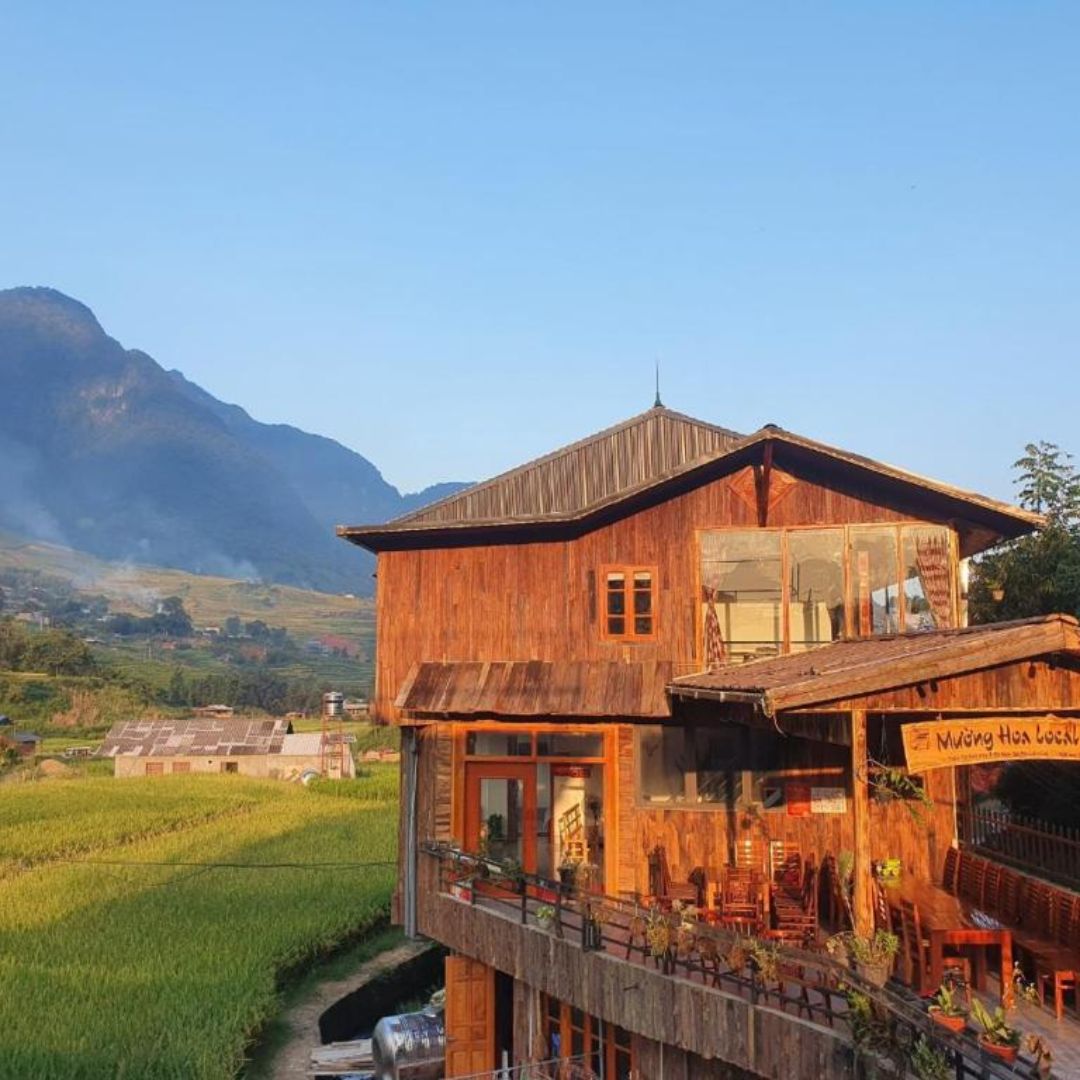
One of the best ways to immerse yourself in the culture of Sapa is by staying in a homestay with a local hill tribe family. Homestays offer a unique opportunity to experience traditional village life firsthand, as well as to learn about the customs and traditions of the ethnic minority groups that call Sapa home. Many homestays are located in remote villages, surrounded by stunning natural landscapes, providing a peaceful and authentic experience.
During your homestay, you’ll have the chance to participate in daily activities such as farming, cooking traditional meals, and learning traditional crafts from your hosts. This hands-on experience allows you to gain a deeper understanding of the local way of life and forge meaningful connections with the people of Sapa. In the evenings, you can join in traditional music and dance performances, share stories around a bonfire, or simply relax and enjoy the tranquility of village life. Staying in a homestay is not only a memorable experience but also a way to support the local community and contribute to sustainable tourism in Sapa.
Meeting the Hill Tribes of Sapa
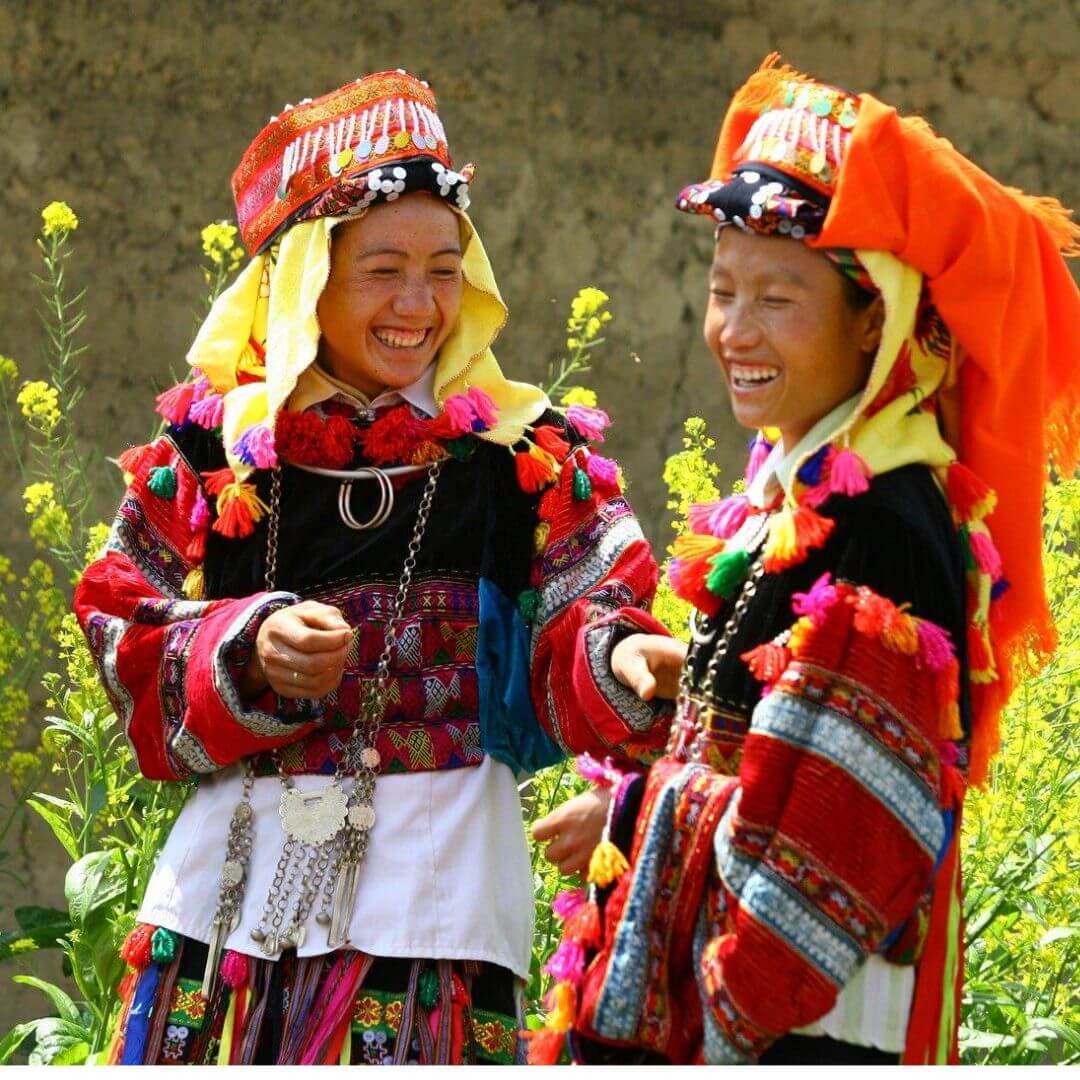
Sapa is home to several ethnic minority groups, each with their own distinct customs, languages, and traditional dress. The most prominent hill tribes in Sapa include the H’mong, Red Dao, Tay, Giay, and Xa Pho people. These communities have lived in the region for generations and have preserved their unique ways of life despite modernization and outside influences. Meeting the hill tribes of Sapa offers a rare opportunity to learn about their rich cultural heritage and gain insight into their daily lives.
Visiting local markets is a great way to interact with members of the hill tribes and witness their vibrant traditions. The markets are bustling with activity as locals from different villages come together to buy, sell, and trade goods. You’ll have the chance to admire the colorful traditional clothing worn by the women, sample local delicacies, and purchase handmade crafts as souvenirs.
Many hill tribe members are skilled artisans who create intricate embroidery, silver jewelry, and handwoven textiles, which are prized for their beauty and craftsmanship. By supporting these artisans, you can help preserve their traditional skills and contribute to the economic empowerment of the local communities.
The Culture and Traditions of Sapa’s Hill Tribes
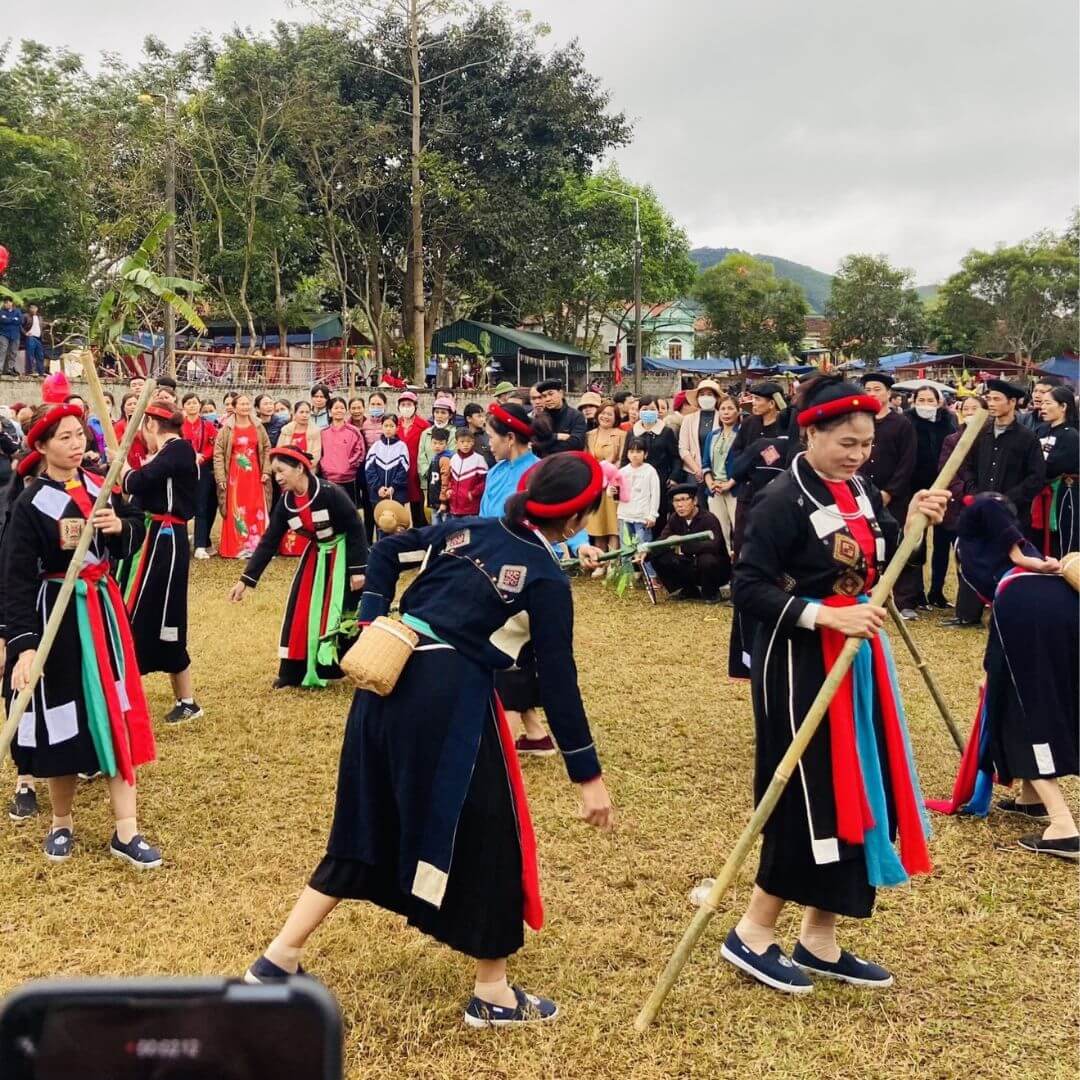
The hill tribes of Sapa have a rich cultural heritage that is reflected in their customs, rituals, and festivals. Each ethnic group has its own unique traditions that are passed down through generations, contributing to the diverse tapestry of Sapa’s cultural landscape. The H’mong people, for example, are known for their vibrant clothing adorned with intricate patterns and bright colors. They celebrate important milestones such as weddings and New Year with elaborate ceremonies that include traditional music, dance, and feasting.
The Red Dao people are renowned for their expertise in herbal medicine and natural dyeing techniques. They believe in maintaining a harmonious relationship with nature and practice rituals to honor their ancestors and spirits. The Tay people are skilled in rice cultivation and are known for their stilt houses, which are designed to withstand flooding during the rainy season. They celebrate agricultural festivals with lively performances and communal feasts that showcase their culinary traditions.
The Giay and Xa Pho people also have their own unique customs related to agriculture, family life, and spiritual beliefs. By learning about the culture and traditions of Sapa’s hill tribes, visitors can gain a deeper appreciation for the diversity and resilience of these communities.
Visiting the Sapa Stone Church
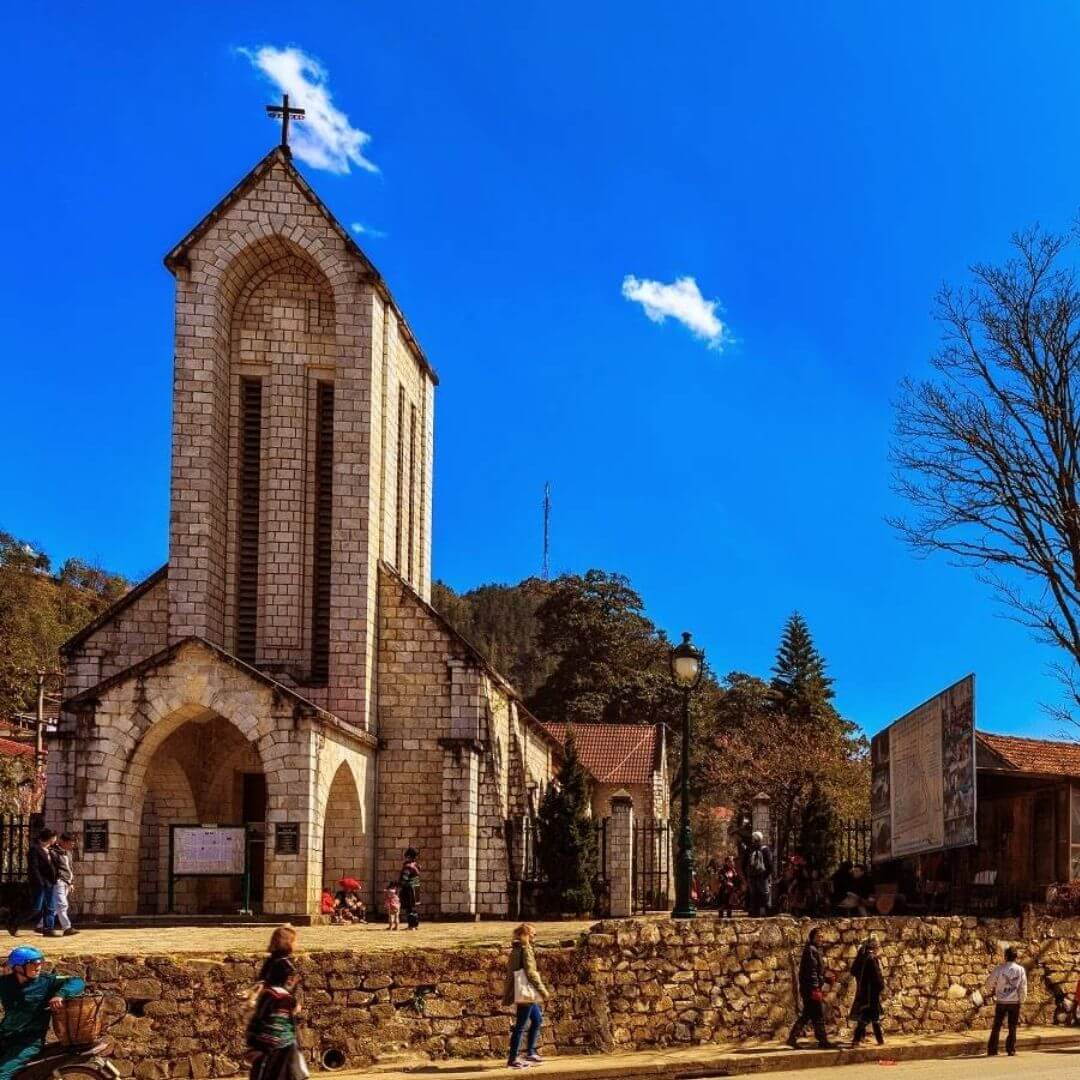
The Sapa Stone Church was constructed in the early 20th century, between 1895 and 1930, during the French colonial era. It was designed in a Neo-Romanesque architectural style, featuring distinctive gray stone walls and a bell tower. The church was commissioned by French Catholic missionaries as part of their efforts to spread Christianity in the region.
The church’s construction materials and design were influenced by French colonial building techniques, making it stand out among the predominantly wooden structures in Sapa. The use of stone was intended to evoke a sense of grandeur and permanence.
Visitors can enter the Sapa Stone Church and admire its well-preserved interior. The nave features wooden pews, stained glass windows, and ornate religious iconography and statues. The imposing altar area is decorated with intricate religious carvings and paintings. Despite its colonial origins, the church has become an important part of the local community and continues to hold regular Catholic mass services.
The Sapa Stone Church is open daily to visitors, typically from morning until late afternoon. There is no admission fee, but visitors are expected to be respectful of the sacred space.
Tips for Exploring Sapa
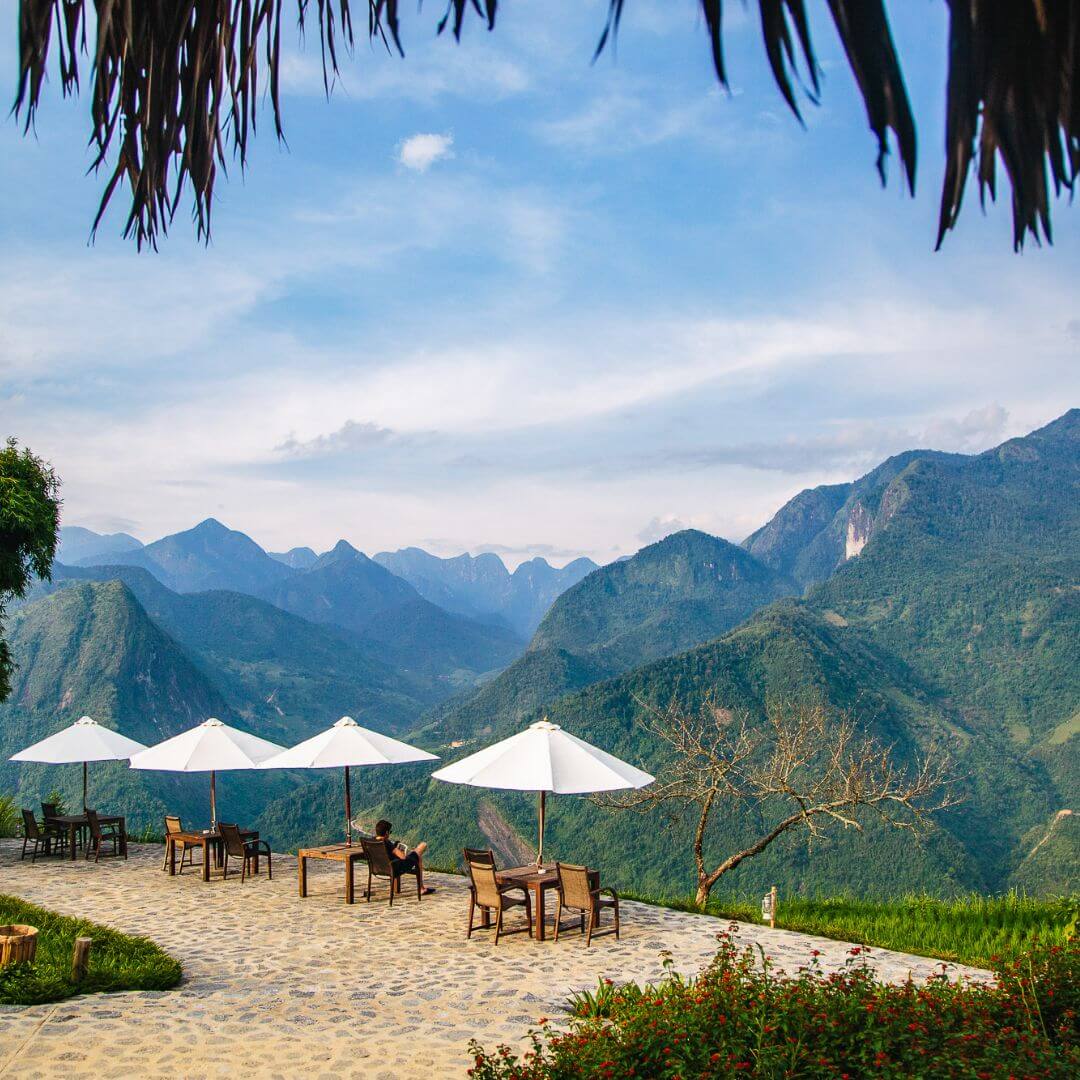
When exploring Sapa, it’s important to be mindful of cultural sensitivities and respectful of local customs. Here are some tips to help you make the most of your visit:
- Dress in Layers: The weather in Sapa can be quite unpredictable, with temperatures ranging from chilly to warm throughout the day. It’s best to dress in layers so you can easily adjust as the conditions change, especially when hiking or spending time outdoors.
- Pack Proper Hiking Gear: If you plan to do any hiking in the Sapa area, make sure to bring sturdy, comfortable hiking boots, a lightweight rain jacket, sun protection, and a small backpack to carry essentials. The trails can be challenging, so proper footwear and equipment are important.
- Learn About Local Etiquette: As you interact with the local ethnic minority communities in Sapa, it’s important to be respectful of their customs and cultural norms. Take the time to learn about appropriate etiquette, such as removing shoes when entering homes, avoiding taking photos without permission, and being mindful of your volume and behavior.
- Try the Local Cuisine: Sapa is renowned for its delicious regional cuisine, which features influences from the local ethnic groups as well as French colonial flavors. Be sure to sample specialties like pho, sticky rice, and fresh produce from the local markets.
- Be Prepared for Changes in Weather: The weather in Sapa can change rapidly, with fog, rain, and temperature fluctuations common. Pack rain gear and be prepared to adjust your plans if the weather becomes uncooperative.
- Embrace the Slow Pace: Sapa operates at a slower, more relaxed pace compared to Vietnam’s bustling cities. Embrace this laid-back atmosphere and take the time to fully immerse yourself in the stunning natural scenery and cultural experiences.

